Another military watch on the blog, this time from Lemania. In a scruffy state and missing its pusher, stem and crown, the watch looked like it had seen a few battles of its own.
(Click pictures to enlarge)
The caseback has the markings seen on all British military timepieces, the Broad Arrow symbol, a designation number, and a serial number.
I wrote a post earlier this year about another military watch, a CWC chronograph, in which I described the different caseback markings. To avoid repeating myself, interested parties can read that post here.
The movement in this watch is a Lemania cal. 2220, a very elegant column wheel chronograph calibre. The arrangement of the wheels, the Breguet overcoil, and the delicate form of the return springs make this one of the most aesthetically pleasing vintage chronograph calibres in my opinion.
The majority of chronograph calibres have two pushers, one for starting and stopping the chronograph mechanism and one for resetting. This calibre is a mono-pusher chronograph in which a single pusher is used for all three functions. Subsequent presses of the pusher, start, stop and then reset the mechanism. Once the chronograph has been stopped, it is not possible to restart it from the same point as the next press of the pusher will reset it automatically to zero.
The operation of the minute register is also different in this calibre. In most calibres the chronograph runner has a finger mounted on it which advances the minute register by one marking as it passes. In the cal. 2220, the minute register sweeps around the dial in a constant motion rather than moving in discrete steps.
Much like the Valjoux cal. 92, the mechanism is controlled by an oscillating pinion (inset) which is constantly driven by the centre wheel. Only when the chronograph is engaged does the coupling clutch move across and the pinion is then in contact with the minute recording runner, moving it forward.
Generally speaking, the movement in this watch was in good condition, apart from a few rusty screw heads which needed to be polished. The majority of the work involved in this watch was cosmetic.
You may have noticed in the first picture that the luminous filling in the hands had darkened significantly. In watches from this period (early 1960s), the hands were filled with a tritium based paste which after many decades darkens and dries out.
While every effort is made to keep the original filling intact, in some cases it is so brittle that no matter how carefully the hands are removed, the slightest application of pressure flexes the hands and the luminous filling falls out, often falling as dust onto the dial.
That happened with this watch, so there was no alternative but to remove all remaining traces of the original paste (powder!) and apply new lume. That also gave me the opportunity to re-paint the hands which had been chipped at some time in the past.
With the movement serviced and the missing pusher, stem and crown sourced, a new crystal was fitted and the case cleaned up to finish the job.
Rich.
** Many thanks to Lee Curtis for letting me feature his watch on the blog. **

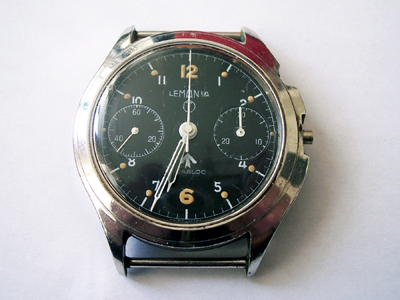
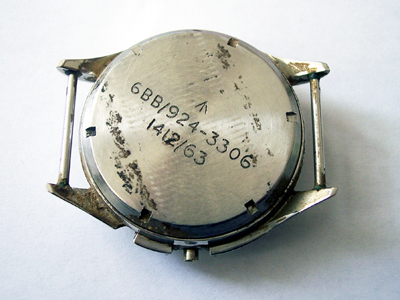
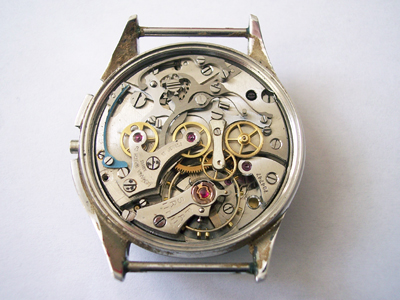
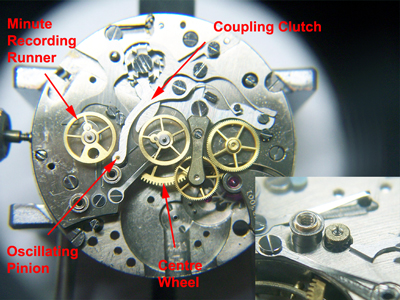
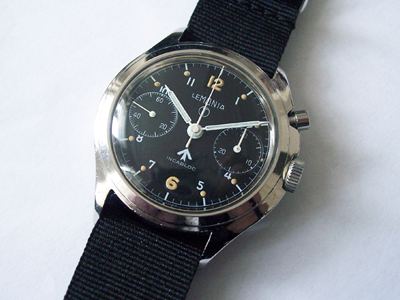
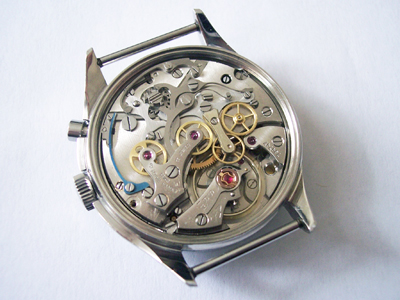
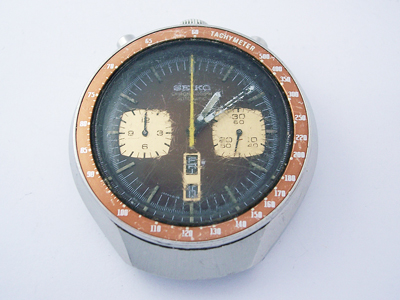
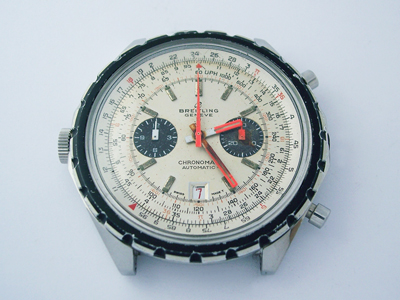
Can I talk to you about my 15CHT? Seems mine is probably in an incorrect case. I’d love to here your thoughts on it.